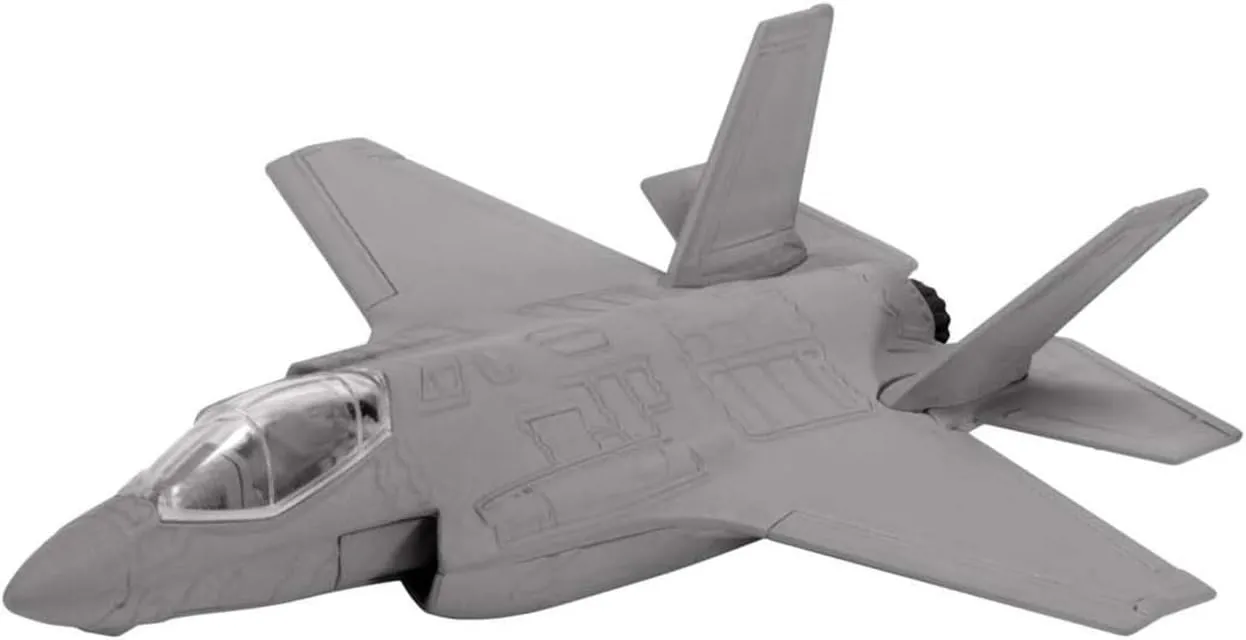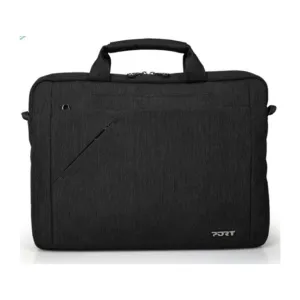- Corgi is a premier line of diecast products that feature aircraft, trucks, tanks emergency vehicles and buses that has been producing models for over 50 years.
- From biplanes to fighters, bombers to modern jets, discover and explore the amazing world of aircraft, through the Flying Aces range.
- Each of the Flying Aces model comes complete with its very own display stand, making it the perfect beginner range for model collectors.
- This fit the box scale model is made completely of die-cast, model is the perfect size as a desk or shelf ornament. Makes a perfect gift for any person interested in aviation!
- Each model contains small details such as the panel and rivet lines throughout the fully painted model that fits perfectly into the palm of your hand.
Over two decades in the making, the F-35 Lightning took its first flight for the US Marine Corp in July 2015, development started after the initial prototype design in 1995, the X-35A was the selected prototype designed by Lockheed Martin and created three variations of the same jet. The F-35A variant is lightest of the three and its main use is for conducting aerial refueling. As the military saw a need for aircrafts that required less space for takeoff, such as taking flight from aircraft carriers specifically designed for the F-35, one of the most updated technology includes STOVL (Short Takeoff and Vertical Landing) installed on the newly updated F-35B supersonic stealth multirole fighter. The F-35C is equipped with larger foldable wingtip sections and catapult-assisted take-off but arrested recovery (CATOBAR), which assists aircrafts with taking off and landing on to aircraft carriers, probably the most stable controls of all three of the variants. Featuring the most impressive avionics and radar, the design also provides camouflage from enemy radar through radio frequency emitters that minimizes detection. Keeping incognito during the missions that may be assigned to these single-seat single engined Lightnings can provide electronic warfare, intelligence, surveillance and reconnaissance and are expected to stay in service for the military as well as NATO operations through 2070.






![LONLI Hue - for iPhone 15 Pro Max Case [Compatible with Magsafe] - Cosmic Portal Phone Case - [360° Shock-Absorbent Bumper] - Cute, Unique and Aesthetic Phone Cover for Girls and Women LONLI Hue - for iPhone 15 Pro Max Case [Compatible with Magsafe] - Cosmic Portal Phone Case - [360° Shock-Absorbent Bumper] - Cute, Unique and Aesthetic Phone Cover for Girls and Women](https://www.premiumtexture.shop/image/lonli-hue-for-iphone-15-pro-max-case-compatible-with-magsafe-cosmic-portal-phone-case-360-shock-absorbent-bumper-cute-unique-and-aesthetic-phone-cover-for-girls-and-women_bsszVh_300x.webp)





